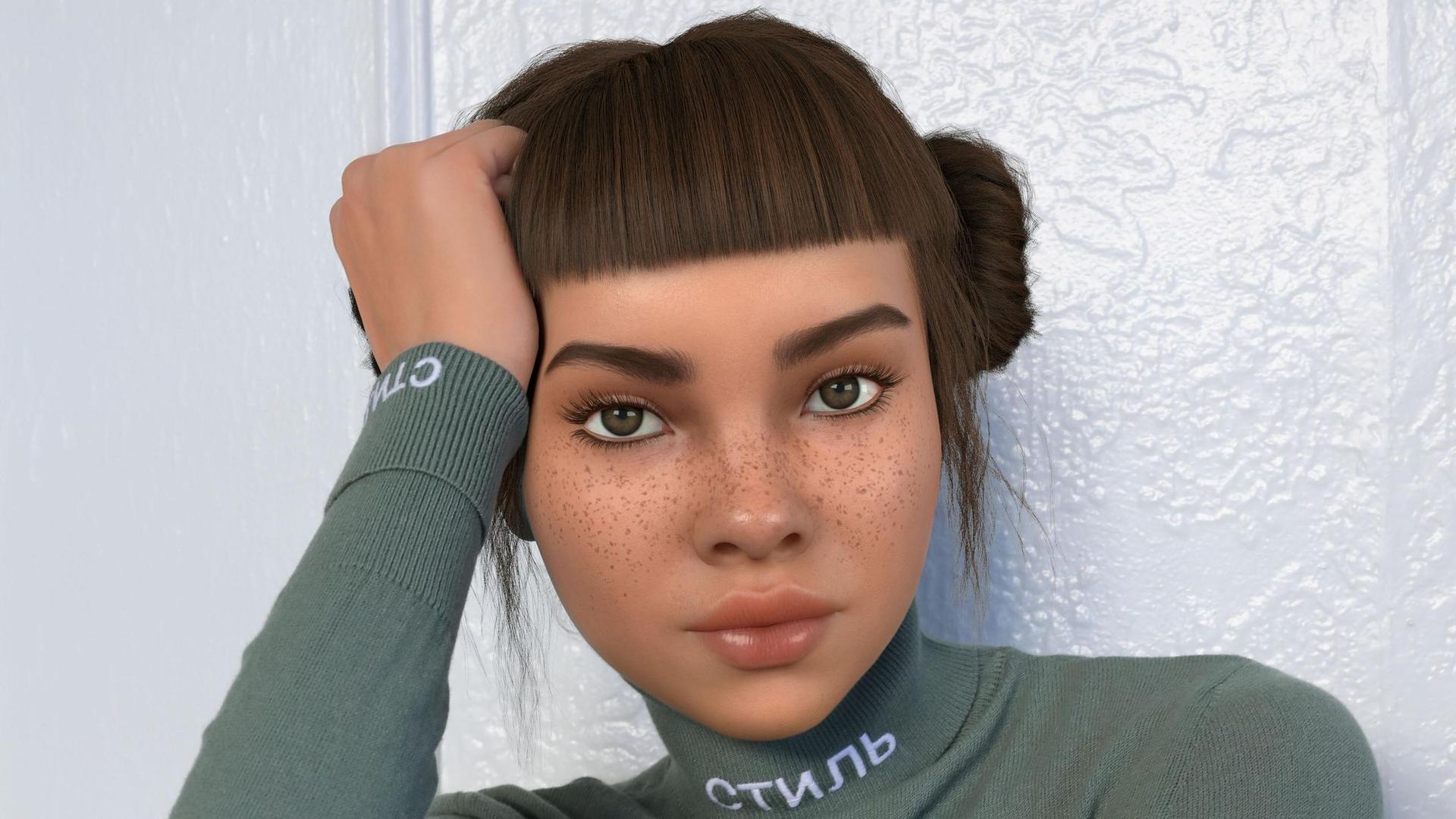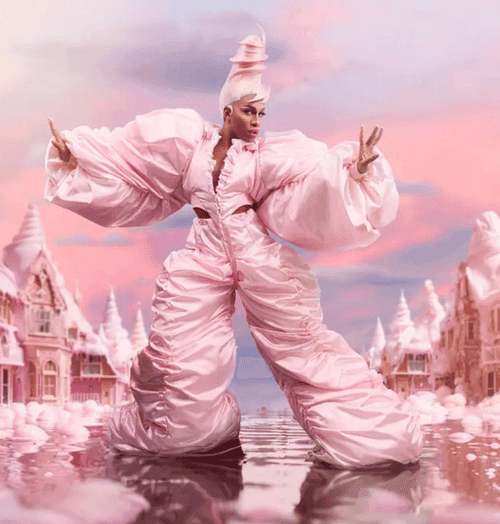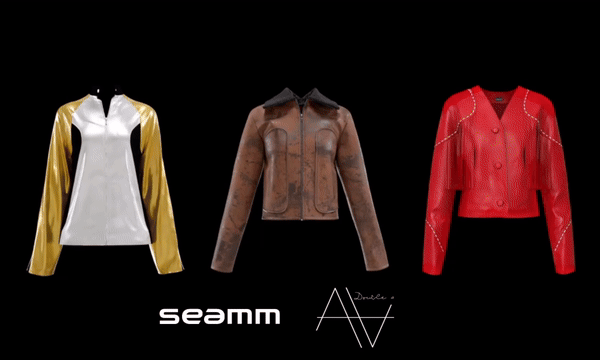How The Fashion Industry Propels Virtual Influencers
During the pandemic, fashion brands were compelled to reinvent their methods for generating captivating imagery. In addition to models learning how to DIY photo shoots, a wave of virtual influencers raised.
Miquela Sousa, a.k.a Lil Miquela, is a teen pop phenomenon. The 19-year-old, half-Brazilian and half-Spanish, is a fashion influencer, pop music star, and social change advocate for diversity and women's rights. She has assembled over 2.7 million followers on Instagram, allowing her a spot in 2018 TIME Magazine's '25 Most Influential People. Also, Miquela has collaborated with high-end fashion brands such as Prada, Calvin Klein, and recently with Pacsun. Plus, she has been on the top-ranking charts on Spotify. Yet, Miquela Sousa is not human.
The Rise of Virtual Influencers
During the pandemic, fashion brands were compelled to reinvent their methods for generating captivating imagery. In addition to models learning how to DIY photo shoots, a wave of virtual influencers raised. For example, Nars, Prada, LVMH, and Yoox are some brands that have created CGI influencers. Furthermore, Puma created Maya, a virtual influencer with an appealing personality for the South East Asia region.
The impact of virtual influencers is especially strong among Gen Zs; according to a 2023 Instagram report, over half of this generation plans to get fashion or beauty inspirations from digital influencers. Moreover, it is reported that overall virtual influencers have higher engagement rates than human influencers, mostly due to:
A more polished and curated look.
A total content control from brands.
A growing digital fashion market.

Meta-humans, the no-returning point
Supermodel Eva Herzigová has a virtual twin. Alongside AI-avatars builders Dimension Studio, they created Herzigová's replica which looks exactly like her. The studio uses volumetric scanning and 3D real-time design to construct hyperrealistic digital characters. Moreover, through motion capture suits and facial scanning, the movements and expressions can be tracked photo-realistically, allowing them to be digitally dressed, posed, and animated. Thus, the final result is so perfect that it easily tricks the eye.
While Herzigová stays that she is clear about the purpose of her digital avatar, the use of AI models raises ethical and business questions about creating and using these meta-human models.
Take for instance LA-based model agency Photogenics. Recently they launched an avatar division where hyperrealistic virtual replicas of their physical talent are available for brands. Their business unit, which currently has 13 AI-model rosters, focuses exclusively on a licensing offer for the metaverse environment.
Sorry, we chose your digital twin
Undoubtedly, there is an issue with modelling jobs. For example, Levi’s announced an experiment plan to use AI models. The company claims that the purpose is to only supplement, but not replace, human talent to raise diversity for e-commerce channels. Nonetheless, why not hire real models with the eclectic traits they look for? Therefore, if AI models became the standard, certainly the employment opportunities will decrease, or even vanish.
On the other hand, AI modelling offers some benefits. The first is longevity. This is the tech case for Herzigova, which at her 50, she ensures her digital twin will supplant her for perpetuity. Then is the authorized-replacement case, for example when a model becomes pregnant. And finally, following Photogenics' vision, AI models are a new revenue stream in the metaverse.
A matter of transparency
Like any AI new solution, one of the main controversies in virtual influencers is authenticity. This could be solved with a disclaimer; for example, for meta-humans, a message could say "This is a digital version of a real person". Next comes the matter of who owns what. For an avatar created 100% from scratch, the creators should own the rights. Yet from a digital replica of a human being, there is a gray area to be clarified. For instance, what happens when profiting from a digital clone of a deceased celebrity? This is the case of Marilyn Monroe featured in Fendi and Miu's recent campaigns.
At the end of the day, is the audience who has the last call if preferring human models or virtual influencers. Yet, today’s problem is that we might don’t distinguish between a real person and his/her digital twin.


